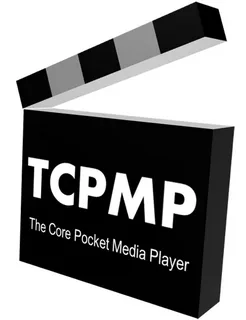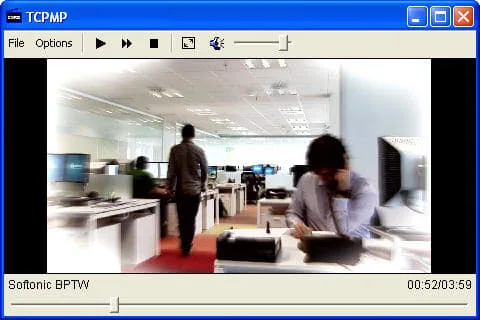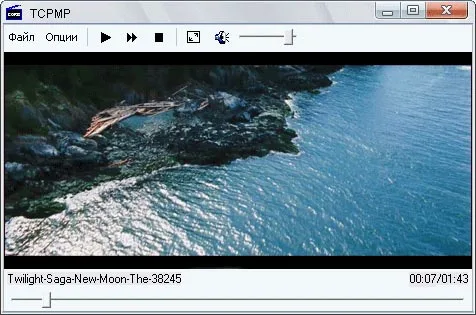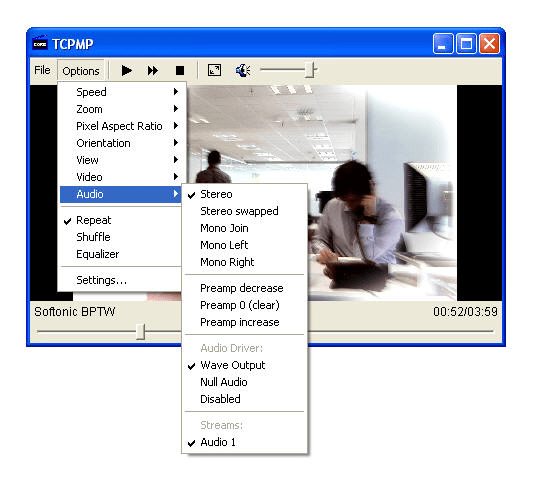TCPMP Download Free
TCPMP is short for Tuning, Control, and Performance Management Protocol. It is the communication protocol that optimizes and manages the performance of networked systems. It essentially means different parts of a network have to communicate effectively, manage their operational parameters, and thus perform at their best. Herein, we will focus on TCPMP, from its architecture to functionalities and applications and, most importantly, significance in modern networking environments.

Background
TCPMP was developed in response to the increasing complexity and demands of networked systems. With networks, the need for a standardized method to monitor and control performance became apparent. TCPMP provides a framework for:
Monitoring: Keeping track of system performance metrics.
Control: Real-time adjustment of system parameters based on performance data.
Tuning: Optimizing configurations to enhance overall system efficiency.
Architecture of TCPMP
The architecture of TCPMP includes the following important constituents:
2.1. Layers
TCPMP is layered. The architecture is very much the same as that of the OSI model, so it is easy to design and debugged. The layers include
Application Layer: These provide interfaces to applications so they can communicate with TCPMP.
Transport Layer: It ensures the reliable transfer of data from one device to another.
Network Layer: It deals with routing addresses for the data packets
Data Link Layer: Responsible for physical addressing and detects errors.
2.2. Components
Agents: Software agents that monitor performance metrics and take control actions.
Manager: Centralized control box that collects data from agents, processes it, and sends commands to tune.
Database: Repository of historical performance data that can be analyzed and reported.
Key Functionalities
3.1. Performance Monitoring
TCPMP allows for the continuous monitoring of several performance metrics, such as:
Bandwidth Utilization: Measures the amount of bandwidth used as opposed to the total amount available.
Latency: Tracks delays in data transmissions.
Packet Loss: The percentage of packets lost in a transmission is tracked.
3.2. Control Mechanisms
From the data collected, TCPMP can initiate control mechanisms, for instance:
Dynamic Bandwidth Allocation: The bandwidth allocated to different applications varies based on the usage.
QoS Adjustments: Parameters are adjusted to ensure that all applications that require critical bandwidth are given the necessary bandwidth.
3.3. Tuning and Optimization
TCPMP allows for tuning in the following ways:
Configuration Management: The devices get automatically configured based on performance requirement.
Feedback Loops: Provision of mechanisms through which the system learns from previous performance and adjusts correspondingly.
Use Cases of TCPMP
TCPMP has use cases in the following areas:
Telecommunications: TCPMP enhances the performance of the communication network by optimizing bandwidth and reducing latency.
Data Centers: It ensures proper resource management to achieve high availability and reliability of services.
Cloud Computing: It provides tools for performance management in virtualized environments.
Challenges and Future Directions
Although TCPMP has many advantages, there are also disadvantages:
Scalability: The protocol needs to handle large volumes of data without a decline in performance as the size of the network increases.
Interoperability: It can be complicated to ensure compatibility with existing protocols and systems.
Future Perspectives
The future of TCPMP may include the following aspects:

Integration with AI: Utilization of machine learning algorithms to predict performance issues and automate the tuning process.
Better security mechanisms to shield performance data from unauthorized access.
Features of TCPMP
- Wide Format Support: Plays a variety of audio and video formats.
- Open Source: Free to use and modify, fostering community contributions.
- Customizable Interface: Allows users to adjust settings according to their preferences.
- Streaming Capability: Supports streaming from various online sources.
- Subtitle Support: Easily add and customize subtitles for videos.
- Lightweight Design: Minimal system resource usage ensures smooth playback.
- Cross-Platform Compatibility: Available for Windows, Mac, and mobile devices.
- Playlist Support: Create and manage playlists for easy access to favorite media.
- Playback Controls: Advanced playback options, including speed control and looping.
- Audio Equalizer: Fine-tune audio output to enhance listening experience.
- Full-Screen Mode: Enjoy videos in an immersive full-screen environment.

Technical Specifications of This Release
- Version: 1.0.0
- Interface Language: Multilingual support
- Designed By: Core Pocket Media Team
- Type of Game/Software: Media Player
- Audio Language: Multiple languages supported
- Uploader / Repacker Group: TCPMP Community
- File Name: tcpmp_setup.exe
- Download Size: 5 MB

System Requirements for PC and MacBook
For Windows PC
- Operating System: Windows 7, 8, 10, or later
- Processor: 1 GHz or faster
- RAM: 512 MB minimum
- Free Disk Space: 50 MB
For MacBook
- Operating System: macOS 10.12 (Sierra) or later
- Processor: Intel-based processor
- RAM: 1 GB minimum
- Free Disk Space: 50 MB

Leave a Reply